
A one-minute ad is not enough to repair the past few weeks worth of damage.
There was a significant amount of interest last week when word came out that the Washington Post was going to run a commercial during the Super Bowl broadcast. Speculation, head-scratching, and derision followed the announcement as many questioned the wisdom behind this.
A growing number of media outlets have been going through notable economic constriction the past few weeks, with the recent announcement that Vice would be encountering layoffs, following those made at The Huffington Post, and BuzzFeed. However, WaPo may be more insulated from such financial strife, as it is owned by Amazon titan Jeff Bezos. The Boss spent heavily on Sunday, as he also ponied up millions to run ads for his Amazon Alexa device, and to promote the new drama “Hanna”, running on Amazon Prime.
One of the questions asked by many was: Did the fact they felt this need to advertise their services reflect a hit in the public perception of the outlet as a trusted source? The question was more than valid, as the paper had made a mockery of itself in a series of stories the past couple of weeks.
First, WaPo joined the stampede of other news outlets in regurgitating the now-debunked story from BuzzFeed on the Mueller investigation. The report was Mueller had hard evidence that President Trump directed Michael Cohen to lie to Congress on his behalf and, like many outlets, WaPo was left stammering once Mueller disputed this claim. In fact, the paper was so energetic about the blatantly unverified story that it mocked Fox News for showing restraint by not joining the torches-and-pitchfork media mob.
The Washington Post eventually had to come to terms with the fact that it rushed to jump on that speeding train before it came to the sharp curve of factual verification. The closest the paper came to accountability was Eric Wemple saying:
The [story] was part of a surfeit of coverage — all of it caveated by “if trues” — of a BuzzFeed report that no one could confirm. And yes: At some point, volume confers credibility. The U.S. media, as we’re seeing, is terribly gifted at talking and writing and talking and writing when it knows very little. As a high school foreign language teacher might say, they’ve mastered the subjunctive.
The tried method to elide responsibility: “Well, everyone else was doing it too.”
Days later WaPo proceeded to jump on even more rakes with the Covington High School episode. It led the charge in demonizing the high schoolers, and lionizing Nathan Phillips, a man whose story changed with every interview he conducted as more videos rolled in. The paper clearly was busy pumping the story and rushing into the narrative without fact-checking. It could not be bothered to seek out full video of the event first. They added to the volume that conferred credibility to their accusations of MAGA teens acting like supremacists.
It was not until Tuesday that WaPo corrected the Nathan Phillips’ claim to being a Vietnam War veteran. You would think a venerated news organization may have had the resources to check into a detail such as this in less than 4 days, all the while demonizing high school students. But it could not stop there.
In follow up pieces, after being exposed as agenda generators, the paper continued to deflect responsibility. One pathetic piece had to dredge up 500 years of native American oppression to justify its attack on the students. Another column tried to follow the BuzzFeed example and declare the paper was helpless to actually report facts in the zeal to keep up with the spinning narrative, and then laid the blame on those on the right who “pounced” on the chance to fact-check the journalistic authority.
So it appeared the newspaper had befouled its reputation in a matter of days, and the owner saw a need to bolster its stance as a respected institution.
Grateful for the journalists at the @washingtonpost and around the world who do the work, no matter the risk or dangers they face.#democracydiesindarkness #SuperBowlAd https://t.co/faO74lvSs5 pic.twitter.com/37PLrNLJe0
— Jeff Bezos (@JeffBezos) February 4, 2019
The spot, with Tom Hanks narrating, is rather static, resting on dramatic themes and images to underscore its own import. A variety of affiliated journalists who suffered violence are highlighted and, surprisingly, clips from other networks are glimpsed – Anderson Cooper of CNN, and Bret Baier from Fox News, for example.
There is speculation as to how much the ad cost Bezos and company. Estimates range from $5 million to $10 million. (I’d lean towards the latter, given the 60-second spot ran near the two-minute warning of a tight matchup.) Was this a worthwhile investment? Doubts linger.
I have a hard time seeing how this snippet would confer any traction to the reputation of the paper, even though it is very obvious that is exactly what is needed. The commercial was supposed to build up the value of the Washington Post brand. The main problem is its editorial content has displayed repeatedly how little they hold value in the facts or journalistic ethics.
(Addendum) If you see on social media people circulating a screen-shot of Tom Hanks on “The Simpsons” supposedly predictive of the commercial, it is not wholly accurate. The scene is from “The Simpsons Movie”, and in it, Hanks mentions loaning the government his credibility. It is still an interesting parallel.




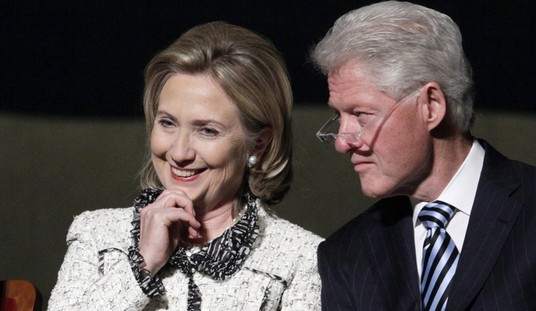
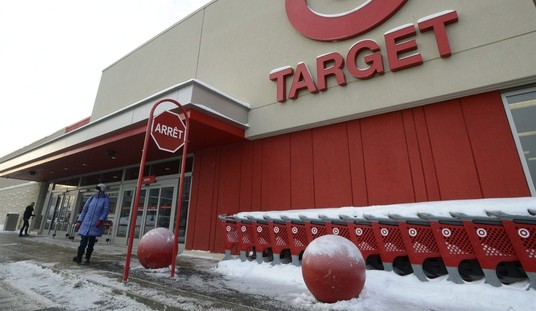
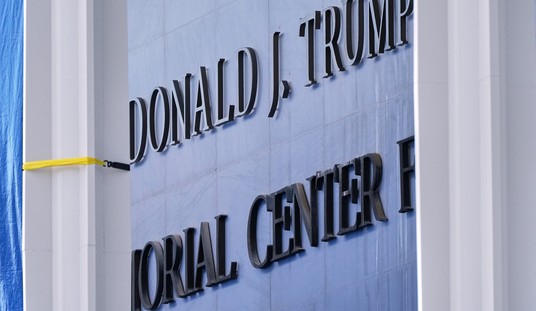
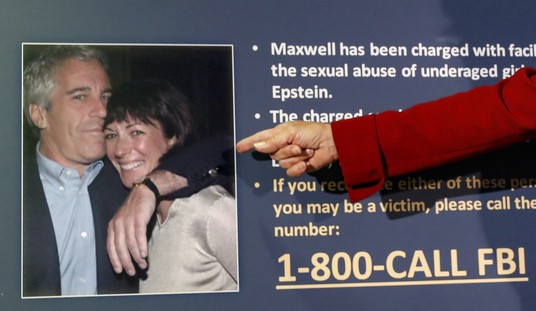


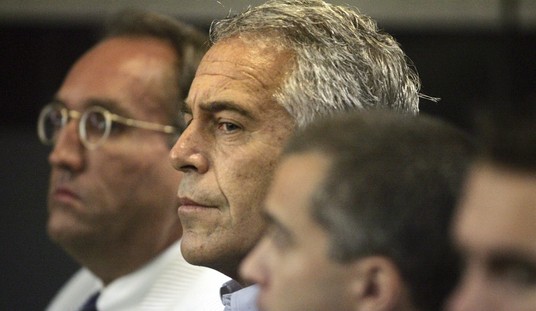
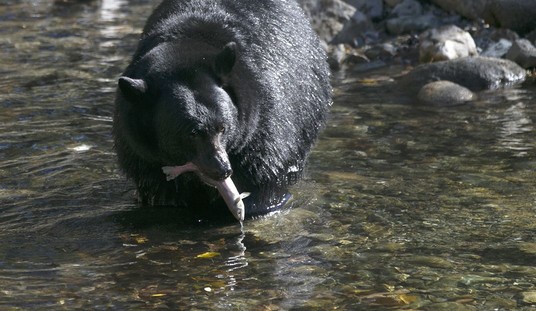
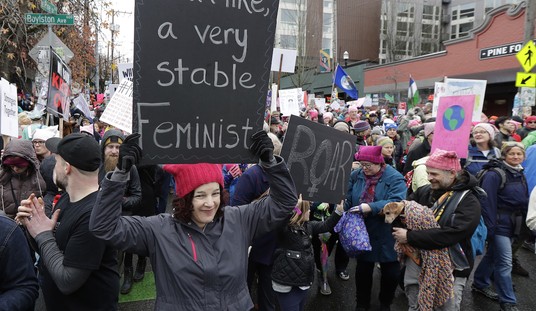

Join the conversation as a VIP Member